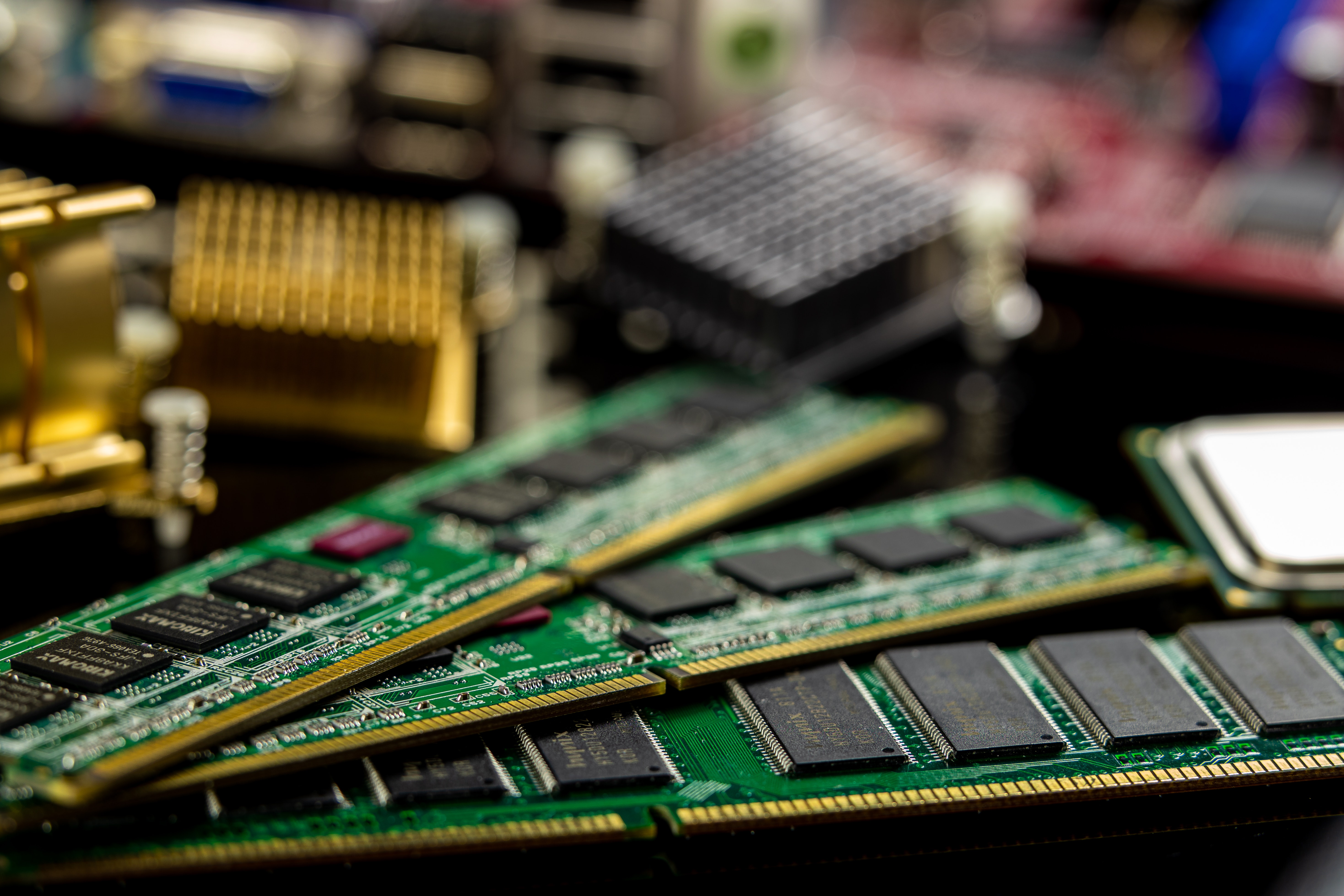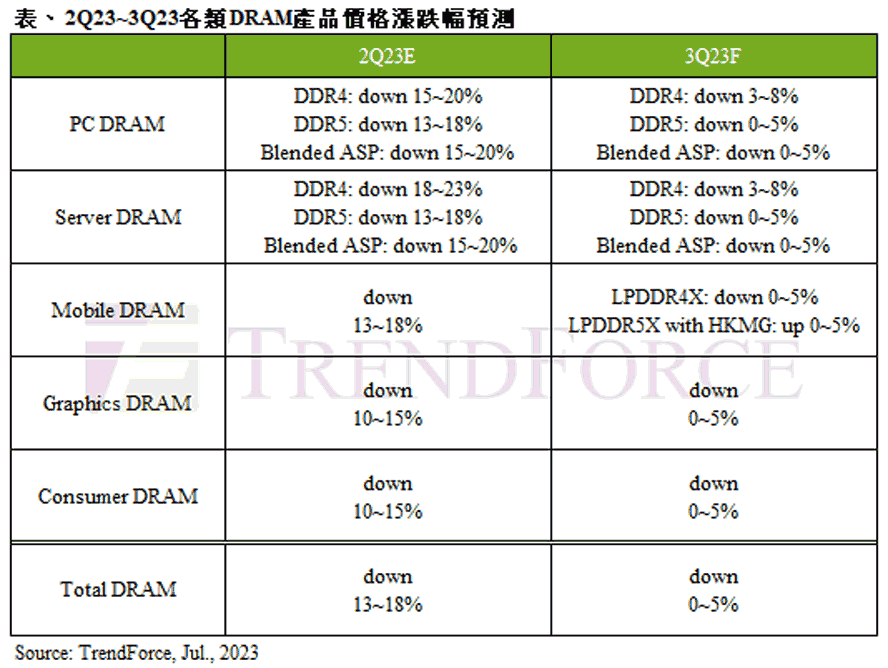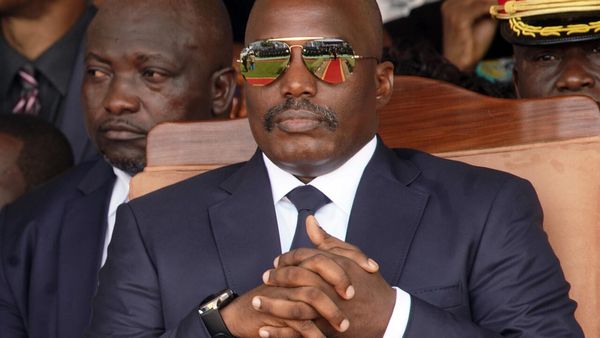
The DRAM price drops seen in recent quarters are slowing, according to a new report by TrendForce. The computer industry market researchers say that, in the current quarter, we will only see DRAM prices decline in the region of 0-5%. This figure contrasts with Q2 2023 DRAM price decline of between 13-18%. These headline figures are for the DRAM market as a whole (including sever, mobile, graphics), but also hold true for the segment that interests us most - PC DRAM.
According to TrendForce, one of the reasons that DRAM price declines have slowed is that the big three manufacturers have been cutting their production. Such action may provide temporary relief for the producers, but attempting to artificially create scarcity, and running production much slower than it could be, isn't usually a sustainable strategy in a competitive market. We would rather DRAM makers spur demand by making higher capacity RAM configurations more affordable, for example.
Another fly in the ointment for DRAM producers is that TrendForce asserts there are high DRAM inventory levels. Holding excessive inventories is also not a solid long-term strategy. Any release of pressure from the production line or inventory by any of the big players could precipitate further big price declines. In the meantime, they may hold in hope of a new device or platform inspiring lots of DRAM purchases.
With the Q2 and Q3 figures, and market knowledge, TrendForce says it doesn't see the chance of a rebound in DRAM prices "until 2024."

Looking more closely at PC DRAM in particular, TrendForce says that there is still DDR4 oversupply - and in the current quarter (Q3) prices are expected to slide 3-8%. PC DDR5 will see a more modest 0-5% drop in Q3, says the market researcher. Thus we can see the influence of PC makers and DIYers shifting gradually to systems using the newer, faster memory standard, and perhaps even early adopters now splashing out on higher-capacity DDR5 kits.
Graphics DRAM is a similar story to PC DRAM's decelerating Q2 vs Q3 pricing declines. TrendForce notes that GDDR6 16Gb chip (2GB VRAM) demand is pretty high due to recent RTX 40 launches. Moreover, we are approaching the peak season for component makers to integrate VRAM, so graphics RAM might bottom out (and rise) before PC system memory.
In conclusion, these figures seem to indicate that the decline in PC RAM prices we have seen over recent quarters might be slowing. For some that will be a sign that it is a good time to buy - and this decision might be right for RAM upgraders, but there are so many other PC component prices to consider for a new full system.
If you are interested in PC RAM right now, it is worth a look at our frequently updated Best RAM for Gaming 2023 guide which lists our favorite DDR4 and DDR5 kits, includes specifications, mini-reviews, full review links, and buying links.







